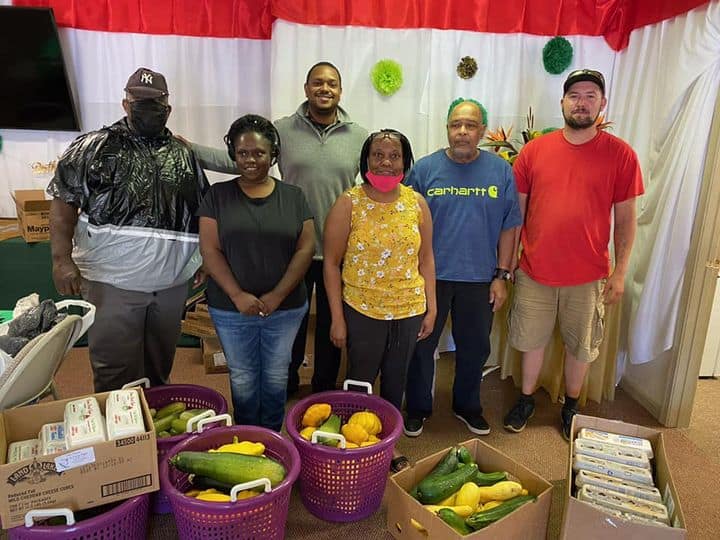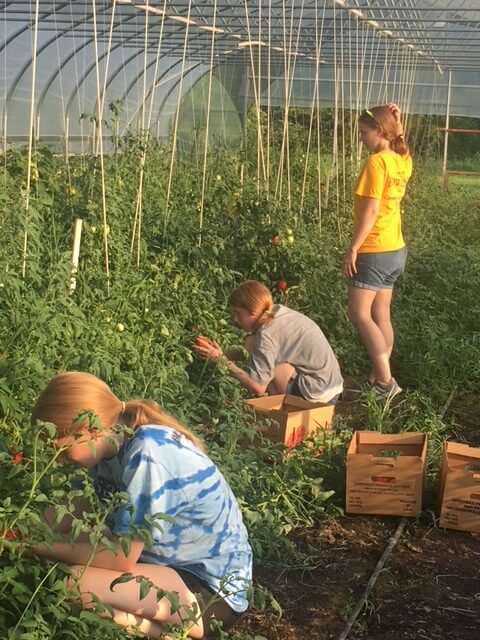Sotterley's Historic Farm
Sotterley's Farm Then
Sotterley’s farm history originates long ago in early Maryland when James Bowles established a plantation with its basis in tobacco in 1699. At the time, tobacco was a cash crop grown throughout Maryland, and the farm continued to grow tobacco into the 20th century. Farms like Sotterley also grew fruits and vegetables as food for those who lived and worked on the farm. Eventually, the foods produced at Sotterley diversified to include things like corn, cereal grains, and livestock. As the site passed from owner-to-owner over a long period of time, the farming traditions remained the same. Sotterley grew and shrank in size as economics dictated whether the owners sold or bought land - almost 7,000 acres in 1790 and as small as 400 acres for most of the nineteenth century - although only select sections were put under cultivation to make the farm sustainable. Historic Sotterley Inc. now consists of 94 acres of farm and woodland. After her father’s death in 1947, Dr. Mabel Satterlee Ingalls acquired the property, becoming Sotterley's last private owner. She turned Sotterley into a non-profit museum in the 1960s. At the time of her death, Mabel left the historic core of the site to the foundation she created, and her daughter, Sandra van Heerden, inherited the other sections of the property. Sandra generously donated the part of the property back to Sotterley which is dedicated to farming today while also supporting a wide range of educational and cultural programming.
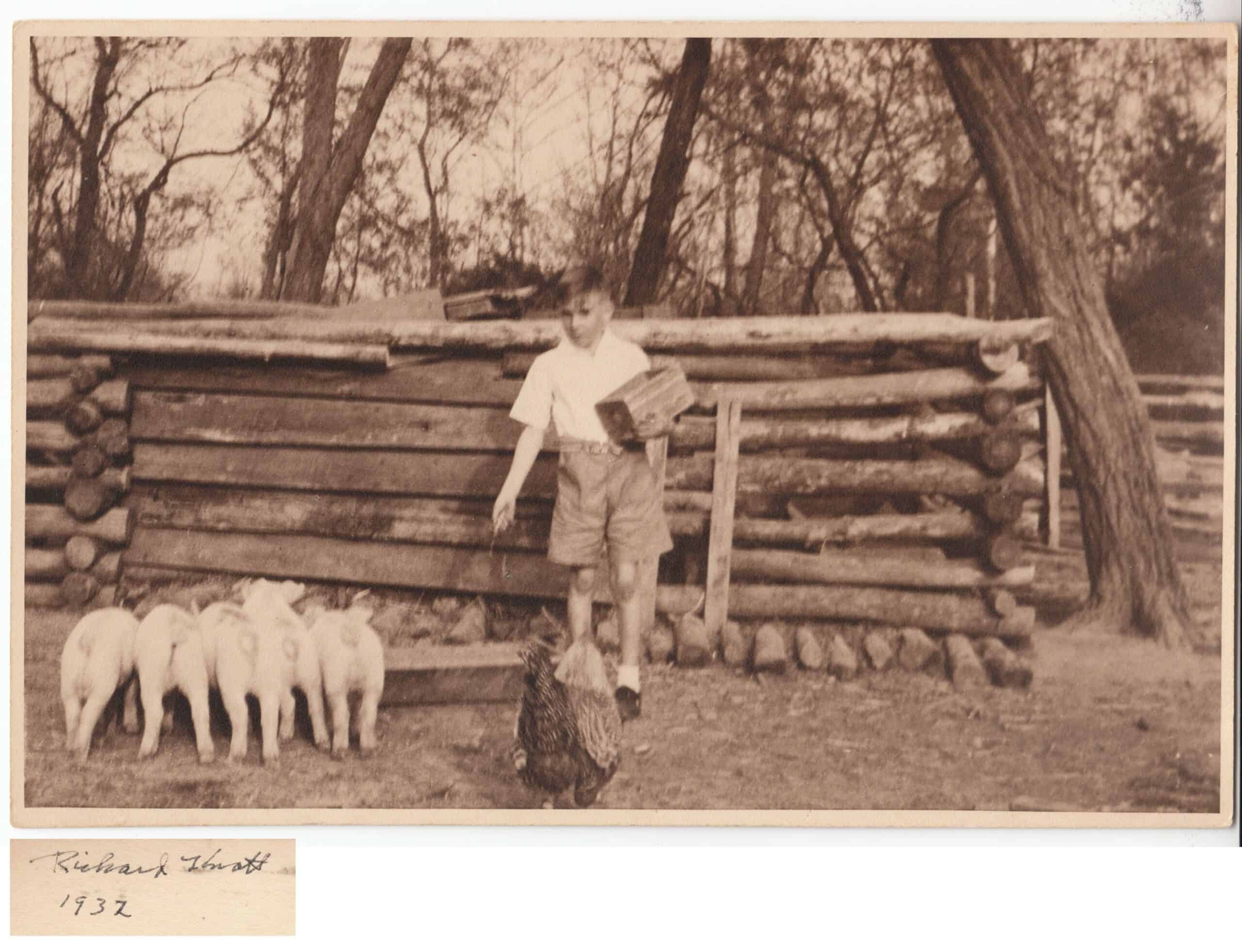
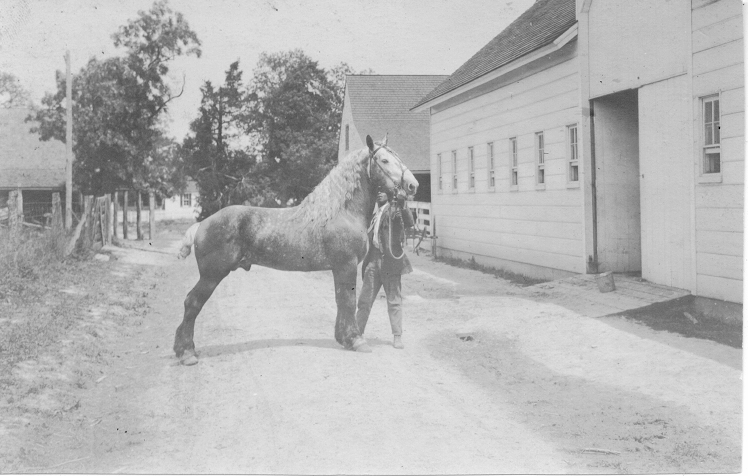
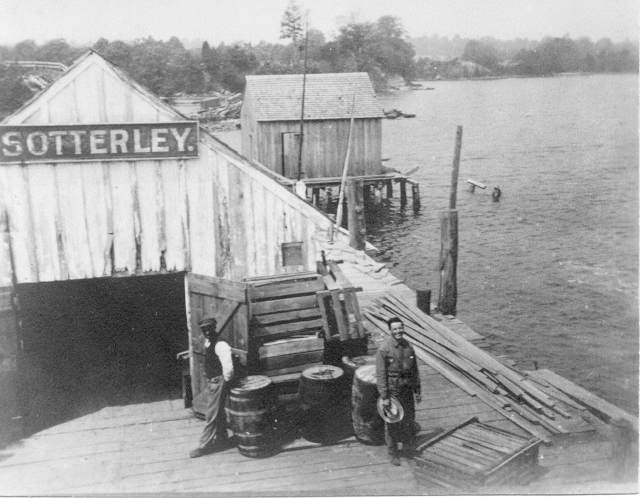
Sotterley's Farm Today
Modern day farming practices often implement the use of chemicals, commercial fertilizer, and no-till farming. Sotterley today, however, follows the organic farming methods of the past such as conventional tillage, moldboard plowing, and mechanical cultivation with no herbicides. No GMO seeds are used. Commercial fertilizer is used at a minimal rate, and this is accomplished by increasing and incorporating organic material into the soil annually such as cover crops and recycled animal waste.
Putting fields back into production that were once fallow is good for the economy of the site because we no longer need to mow as many fields, but it has also allowed us to be better stewards of the environment by utilizing best farm practices and storm water management. The farm provides teachable and tangible connections between the land and our shared history for our many visitors and guests.
We invite volunteers to our site to learn about planting, harvesting, and sustainable farming while helping us with our farming efforts. These volunteer events support our Growing for Good program, which donates fresh produce to local food banks and pantries to aid our community.
Growing for Good
Since 2014 when Sotterley put its farm back into production, we decided to use our farm to address a very real need in Southern Maryland – helping to address food insecurity. Growing for Good became Historic Sotterley's program for farming while using best practices, and also our way to give back to the community. Southern Maryland contains three USDA Low-Income, Low-Access areas (colloquially known as food deserts) - two in St. Mary's County around Lexington Park and Great Mills, and one in Calvert between Solomons and Calvert Cliffs. The USDA defines "Low-Income" as the median household income of an area falling below the poverty line. "Low-Access" is defined as a significant share of the population lives more than 1 mile from a food store in urban areas, or more than 10 miles from a store in rural areas. Therefore, Low-Income Low-Access areas have a significant share of the population living below the poverty line with reduced access to food. Over one third of the students living in St. Mary’s County alone are on free or reduced lunches.
Growing for Good targets this need in our community by growing fresh fruits and vegetables and donating them to local food banks and pantries. We can also use the program to raise visibility for the need for food security. At the time of publishing this page, we have donated over 90,000 pounds of produce grown here on our farm to our community, with an ongoing goal of increasing output each year by 15-20%.
It is not enough for a single organization to tackle this problem alone, however. That's why Historic Sotterley's Growing for Good program partners with organizations like Farmers Feeding Southern Maryland, a local nonprofit which brings farmers together to tackle food insecurity as a team in our region. Our Facilities and Farm Manager has been a farmer all his life in addition to his many other accomplishments, and he works closely with the local Farm Service Agency and USDA offices to target the needs specific to our community.
We are proud of the work we've accomplished so far with the support of our amazing partners and a generous community. If you are interested in joining us as a volunteer or supporter, we would love to have your join in our work!
Together we can make a difference!
